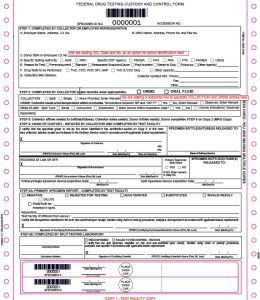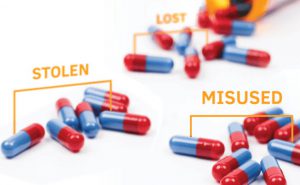 Due to the increasing use and abuse of illicit and prescription drugs, employers, public policy decision makers, law enforcement, media and the general public all have an interest in assessing past, current and emerging drug use trends. As such, this installment in our Assessing Drug Use Trends in the United States series uses several renowned sources of drug use data to explore the latest trends in heroin use.
Due to the increasing use and abuse of illicit and prescription drugs, employers, public policy decision makers, law enforcement, media and the general public all have an interest in assessing past, current and emerging drug use trends. As such, this installment in our Assessing Drug Use Trends in the United States series uses several renowned sources of drug use data to explore the latest trends in heroin use.
In 2013, the number of current heroin users was 289,000, which was similar to 2008 through 2012 but higher than 2002 to 2005 and 2007. Testing for the heroin metabolite, 6-acetylmorphine (6-AM), is relatively new in lab-based, urine drug tests (introduced in late 2010). While it is required for all federally-mandated tests, approximately 20% of U.S. general workforce urine tests performed by Quest Diagnostics in 2013 were also screened for this substance. According to the Quest Diagnostics Drug Testing Index™ (DTI), the positivity rate for these tests for 6-AM was 0.02%. In oral fluid, the positivity rate doubled from 0.03% in 2007 to 0.06% in 2012.
Data from the National Forensic Laboratory Information System (NFLIS) revealed that heroin use decreased from 2001 to 2005 and has increased ever since. Results also show that heroin is currently the fourth most commonly identified drug nationally and it represents 17.8% of drug identifications in the Northeast and 12% in the Midwest. As such, it’s important to screen employees and job applicants for heroin to help keep workplaces safe.
For more information about drug testing, visit our website.
Join us over the next few weeks as we use five renowned sources of drug use data to compare and contrast the latest trends in illicit drug use. Read the introductory post to learn more about this series.
 Your Privacy Choices
|
Privacy Notices
|
Terms
|
Language Assistance / Non-Discrimination Notice | Asistencia de Idiomas / Aviso de no Discriminación | 語言協助 / 不䈚視通知
Your Privacy Choices
|
Privacy Notices
|
Terms
|
Language Assistance / Non-Discrimination Notice | Asistencia de Idiomas / Aviso de no Discriminación | 語言協助 / 不䈚視通知



















In 2013, the number of current heroin users was 289,000, which was similar to 2008 through 2012 but higher than 2002 to 2005 and 2007. Testing for the heroin metabolite, 6-acetylmorphine (6-AM), is relatively new in lab-based, urine drug tests (introduced in late 2010). While it is required for all federally-mandated tests, approximately 20% of U.S. general workforce urine tests performed by Quest Diagnostics in 2013 were also screened for this substance. According to the Quest Diagnostics Drug Testing Index™ (DTI), the positivity rate for these tests for 6-AM was 0.02%. In oral fluid, the positivity rate doubled from 0.03% in 2007 to 0.06% in 2012.
Data from the National Forensic Laboratory Information System (NFLIS) revealed that heroin use decreased from 2001 to 2005 and has increased ever since. Results also show that heroin is currently the fourth most commonly identified drug nationally and it represents 17.8% of drug identifications in the Northeast and 12% in the Midwest. As such, it’s important to screen employees and job applicants for heroin to help keep workplaces safe.
For more information about drug testing, visit our website.
Join us over the next few weeks as we use five renowned sources of drug use data to compare and contrast the latest trends in illicit drug use. Read the introductory post to learn more about this series.